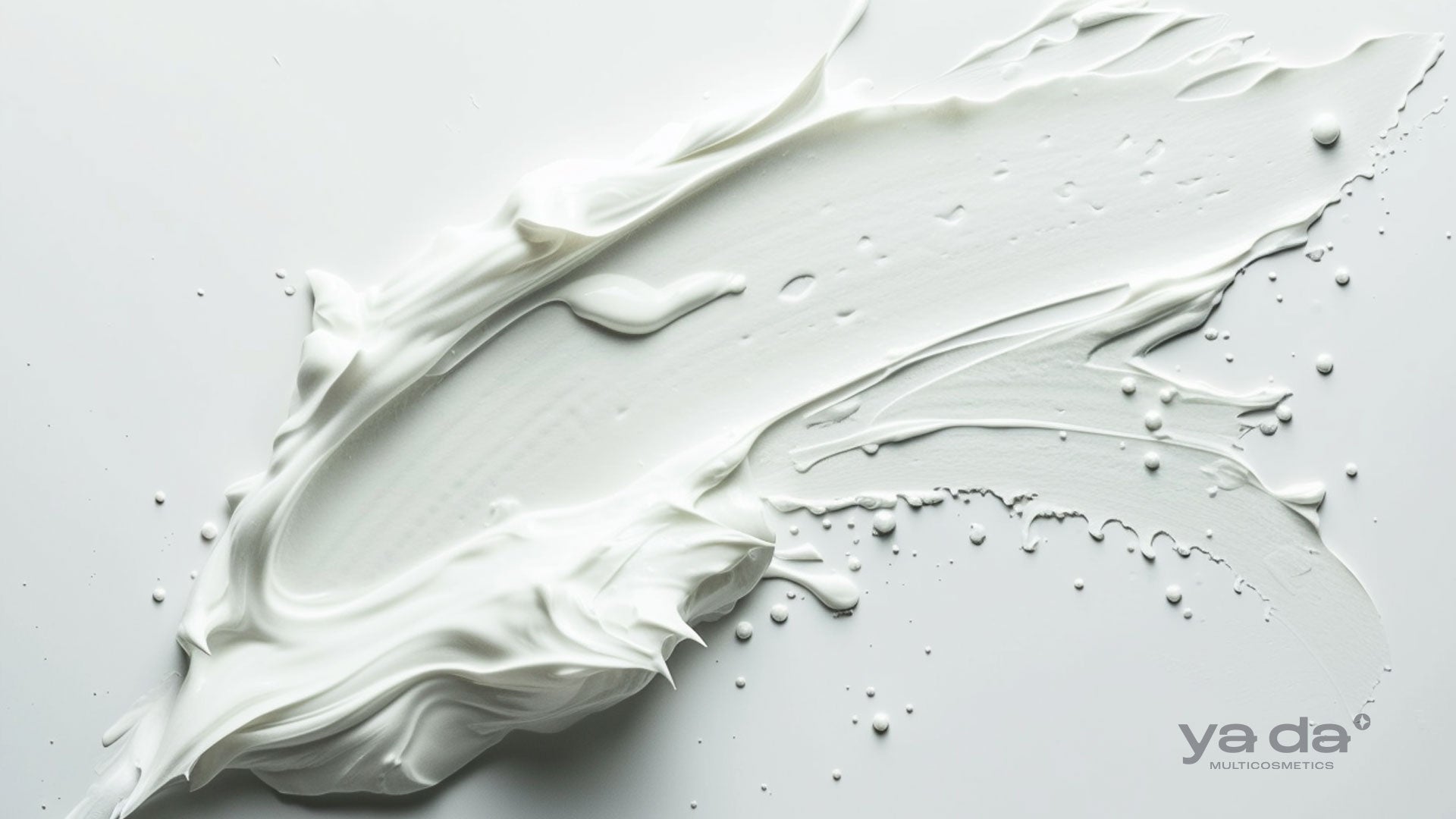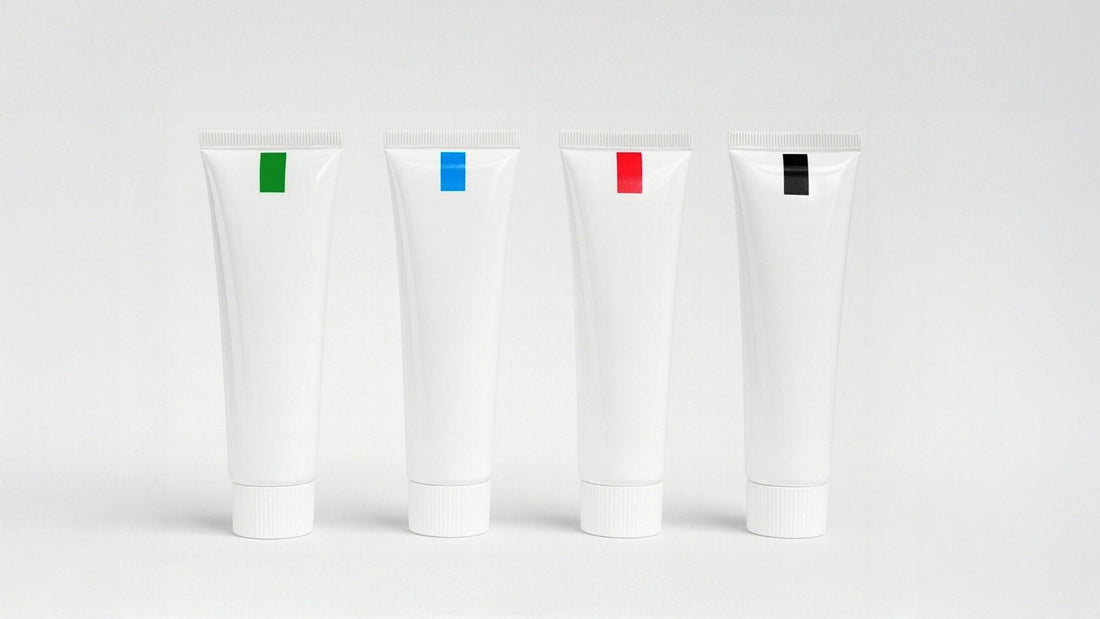What is Paraben?
Parabens are a family of chemicals commonly used as preservatives in cosmetic products. These preservative raw materials can be used to prevent the formation of harmful bacteria and mold in cosmetics in order to protect both products and consumers. The family members that we can most often encounter on cosmetic product labels are methylparaben, propylparaben, butylparaben, and ethylparaben. Cosmetic products usually contain mixtures of different types of parabens. The six most commonly used types are methyl-, ethyl-, propyl-, isopropyl-, butyl-, and isobutylparaben. Methyl- and ethylparabens, called short-chain parabens, are usually used together, while butylparaben is usually used alone. Long-chain parabens, propyl- and butylparabens, have been associated with stronger estrogenic activity. Some studies have shown that their branched structures increase estrogenic activity and sensitivity potential. 1,2

Where is Paraben Found?
Parabens are found in many cosmetic products that are frequently used today. Their main purpose is to protect the product and prevent bacterial growth. For this reason, they have been used as an effective preservative in water-based products for years.
Products Containing Paraben
Parabens are found in many products that people use regularly and are frequently used in products with a high water content such as shampoo and conditioner due to their preservative potential. This is found in a wide range of products such as moisturizers , skin cleansers , sunscreens, deodorants, shaving gels, toothpastes, and makeup products. Parabens that we are exposed to in daily life are absorbed by the skin, metabolized by the body, and excreted from our bodies through urine. 1
Paraben-Free Products
If you are concerned about parabens or want to choose paraben-free products, it is very important to read product labels carefully. On the other hand, parabens allow consumers to make their choice without confusion because their names are easy to distinguish.
Additionally, it may be beneficial to seek the advice of a dermatologist or specialist to choose the right product based on your skin's sensitivity and specific needs.
What does Paraben-Free mean?
Paraben-free products are usually introduced to the market with the phrases “paraben free” or “paraben-free”. These products are formulated using natural preservatives or alternative preservatives instead of paraben. However, the use of this claim has recently sparked controversy and it has been claimed that it is intended to disparage the paraben family, which is considered safe to use within certain limits by authorities. 3 As a result of all the evaluations, it can be said that using this claim on labels is legally becoming a thing of the past. It will no longer be possible to see the claims “Paraben Free” or “Paraben-Free” on labels. 4 Therefore, it is necessary to read the contents on the label carefully and choose products that do not leave room for doubt based on this.

Are Parabens Harmful?
Many studies have been conducted on this subject from past to present and some results have been reached. Within the framework of these results, the evidence of its harmfulness due to its accumulation in the body is too important to be ignored. Some governments and health institutions that have listened to these results have taken important steps and introduced some regulations regarding the use of the raw material.
Paraben Harms
Several studies have examined paraben levels in the bodies of women, men, teenagers and children who regularly use cosmetics , and have shown that personal care products are the biggest contributor to paraben exposure. The urine samples of young girls who wear daily makeup have been found to contain propylparaben levels 20 times higher than those who do not wear makeup or rarely wear makeup. Several studies have found that the use of body and facial lotions, hair products, sunscreens and makeup products containing parabens is associated with significant increases in paraben levels in urine. 5
Parabens are considered safe to use within certain limits in many countries, such as Europe and Turkey. The EU Commission's statement on the subject mentions the risks as follows:
“The main concern about parabens in cosmetics is the potential for some to mimic hormones in the body, particularly the female sex hormone estrogen. In laboratory test systems and in animals, parabens have been shown to have some hormone-like effects, but these effects are thousands to millions of times weaker than the effects of natural hormones. Their hormone-like properties appear to increase with the size of the paraben molecule. However, other experimental studies to date on the possible effects of paraben use on reproduction have been inconclusive, and many have had shortcomings that make their results difficult to interpret.” 6
Following these statements, on the other hand, the Danish government banned the use of propyl-, isopropyl-, butyl- and isobutylparabens in cosmetic products specifically designed for children under the age of three in 2011. Thereupon, the SCCS committee, which continued its research on the safety of the relevant raw material, stated that it considered that it had adopted a cautious approach in its assessment, but shared that further research was needed to reduce uncertainties and more precisely assess the potential risk of parabens found in different cosmetic products on children. 6
As a result, parabens are currently present in many cosmetic products with effective preservative functions. Since their use is considered safe by authorities within certain limits, there is no harm in using them in cosmetics as long as the limits are respected. On the other hand, scientific studies have shown that paraben exposure increases due to the use of more than one paraben-containing cosmetic product per day, which also raises questions about their safety. As a result of the evaluation of significant doubts, some governments do not find their use appropriate, while others suggest that additional research should be conducted and more data should be collected.
Therefore, since studies on the effects of parabens on health are ongoing, it may be difficult to reach a definitive conclusion about their harmfulness at the moment. However, in line with concerns, being able to reach cosmetic products that are free from doubts with a conscious choice is becoming an increasingly increasing demand. For this reason, there are many different options on the shelves for users who want to prefer paraben-free products.
Resources
- https://www.fda.gov/cosmetics/cosmetic-ingredients/parabens-cosmetics
- Engeli RT, Rohrer SR, Vuorinen A, Herdlinger S, Kaserer T, Leugger S, Schuster D, Odermatt A. Interference of Paraben Compounds with Estrogen Metabolism by Inhibition of 17β-Hydroxysteroid Dehydrogenases. Int J Mol Sci. 2017 Sep 19;18(9):2007. doi: 10.3390/ijms18092007. PMID: 28925944; PMCID: PMC5618656.
- https://ec.europa.eu/growth/tools-databases/cosing/
- https://eur-lex.europa.eu/legal-content/EN/ALL/?uri=CELEX:32013R0655
- Berger KP, Kogut KR, Bradman A, She J, Gavin Q, Zahedi R, Parra KL, Harley KG. 2018. Personal care product use as a predictor of urinary concentrations of certain phthalates, parabens, and phenols in the HERMOSA study. J Expo Sci Environ Epidemiol 29(1):21-32.
- https://ec.europa.eu/health/scientific_committees/docs/citizens_parabens_en.pdf





